The municipality of Anagni is nestled on a hill in the Latina Valley in the Ciociaria area. Also known as the `Città dello Schiaffo’, Anagni was described by the German historian Gregorovius as `one of the most beautiful terraces in Europe’.
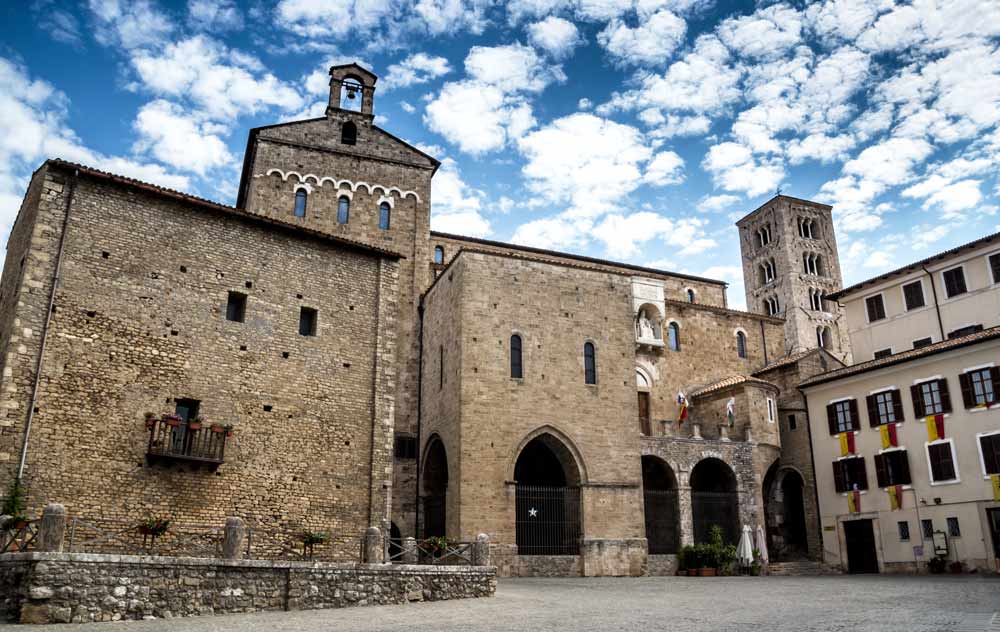
Square Innocenzo III – Anagni
The foundation of the city of Anagni dates back some 3,000 years to populations from Asia Minor and Greece. It is located on a spur of the Ernici mountains, a strategic position that allowed it to assume the role of cultural, religious and strategic centre. Four popes were born in Anagni, also known as the ‘City of Popes’: Pope Boniface VIII, Pope Innocent III, Pope Gregory IX, and Pope Alexander IV. A square is dedicated to some, and to others one of the most popular typical dishes: the Timballo Bonifacio VIII.
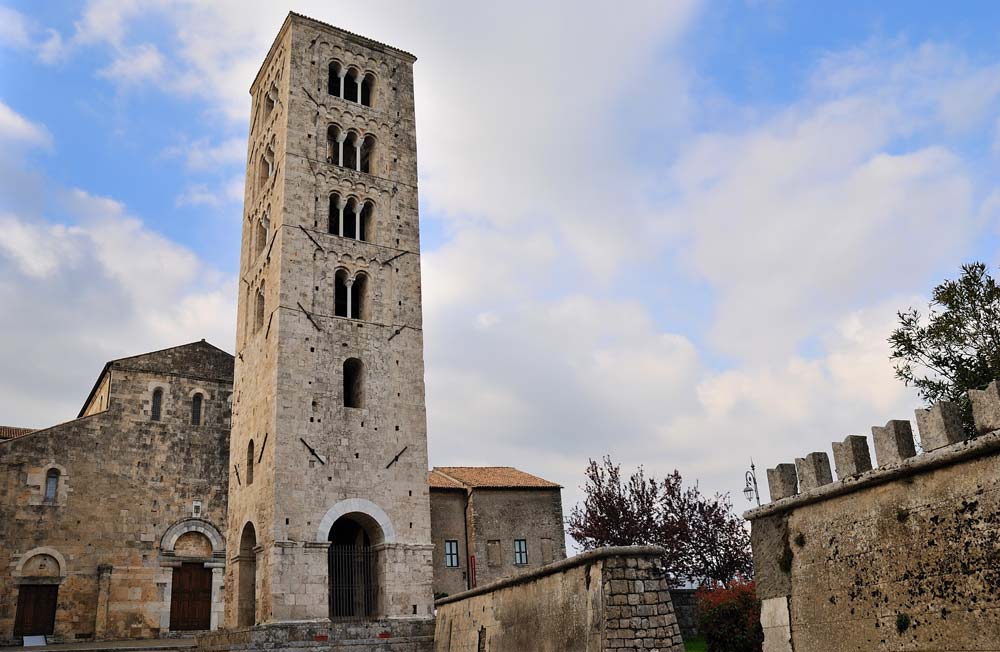
Cathedral of Santa Maria – Anagni
The city of Anagni is embellished by some of the most beautiful medieval architecture in Italy, such as the Cathedral of Santa Maria Annunziata. It was built between 1071 and 1105 and is one of the most remarkable Romanesque monuments in Lazio. The frescoed crypt is called the ‘Sistine Chapel of the Middle Ages’, one of the most interesting pictorial cycles of the 13th century.
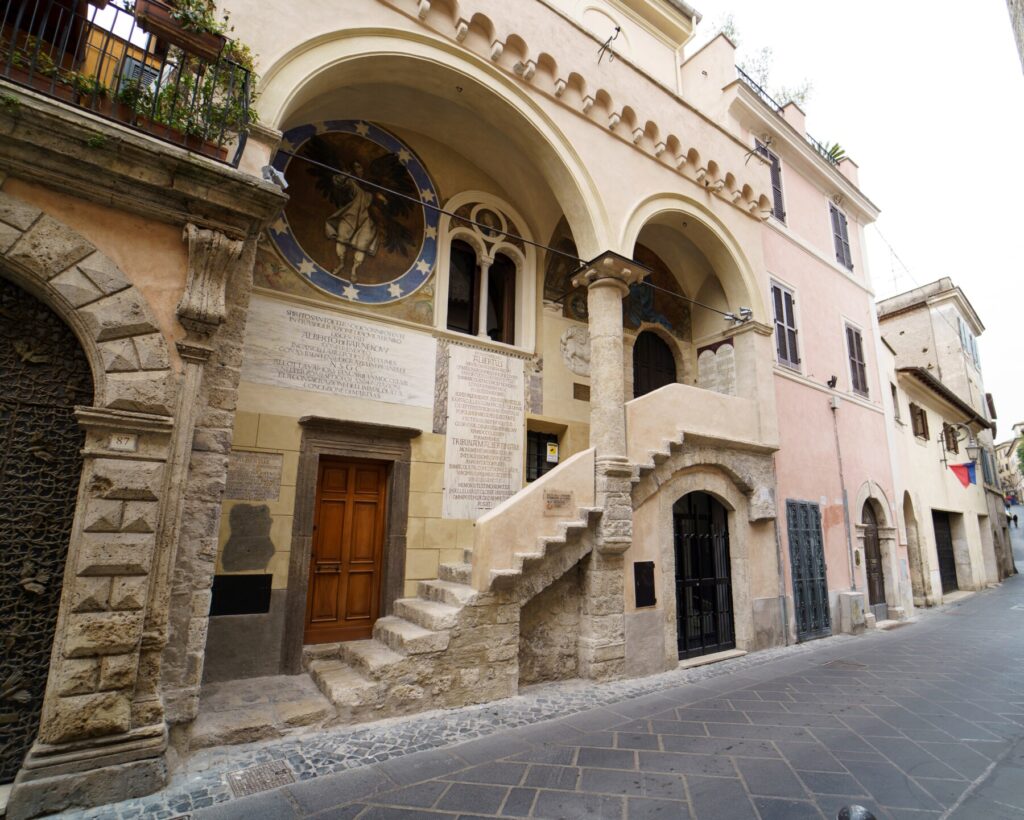
Casa Barnekow – www.retedimorestorichelazio.it
The medieval town is enhanced by bell towers, loggias and squares with sober architecture that evoke some of the most important events in the history of Italy. Casa Barnekow is a unique example of medieval architecture, with the two floors connected by an external proffered staircase, framed by two wide round arches, a central column and side pillars, and a decoration of small arches supported by corbels.
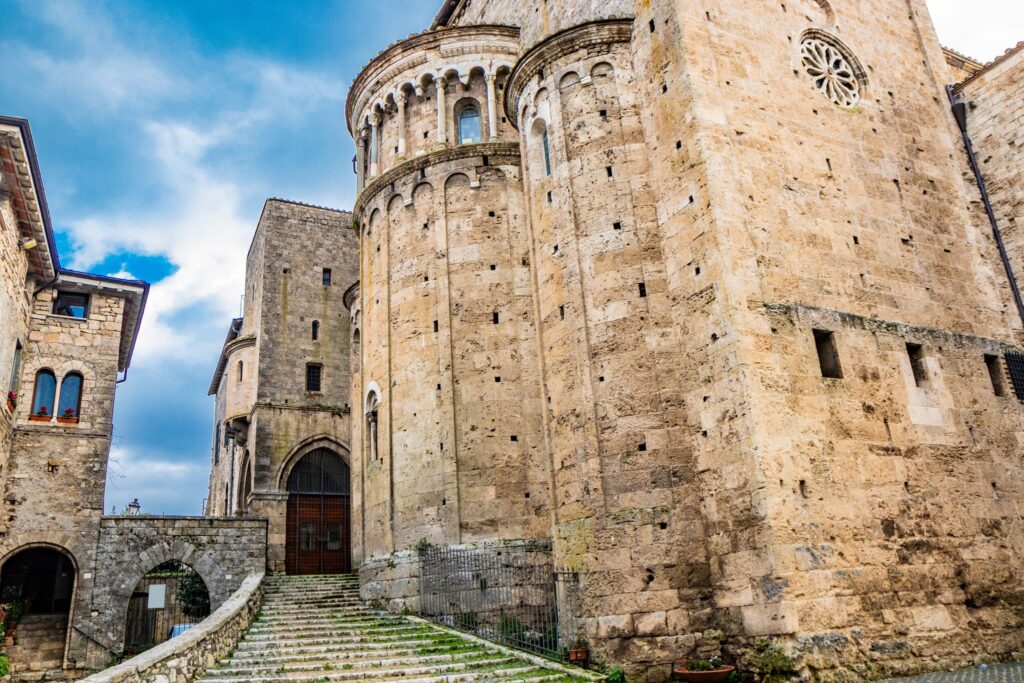
Then there is the 13th-century Palazzo Papale di Bonifacio VIII, the site of important historical events such as the famous ‘schiaffo di Anagni’ (slap of Anagni). In September, the medieval atmosphere is re-enacted during the week of the historic Slap received by Pope Boniface VIII. The Museum of the Cathedral of Anagni hosts events dedicated to this historical event and parades of characters in mediaeval dress.
The Church of San Giovanni de Duce in Piazza Dante played a key role in hosting monks, novices and the Congregazione dei Padri Caracciolini. One altar is dedicated to Francesco Caracciolo and was made by Giovanni Battista Gaulli, known as Baciccia.
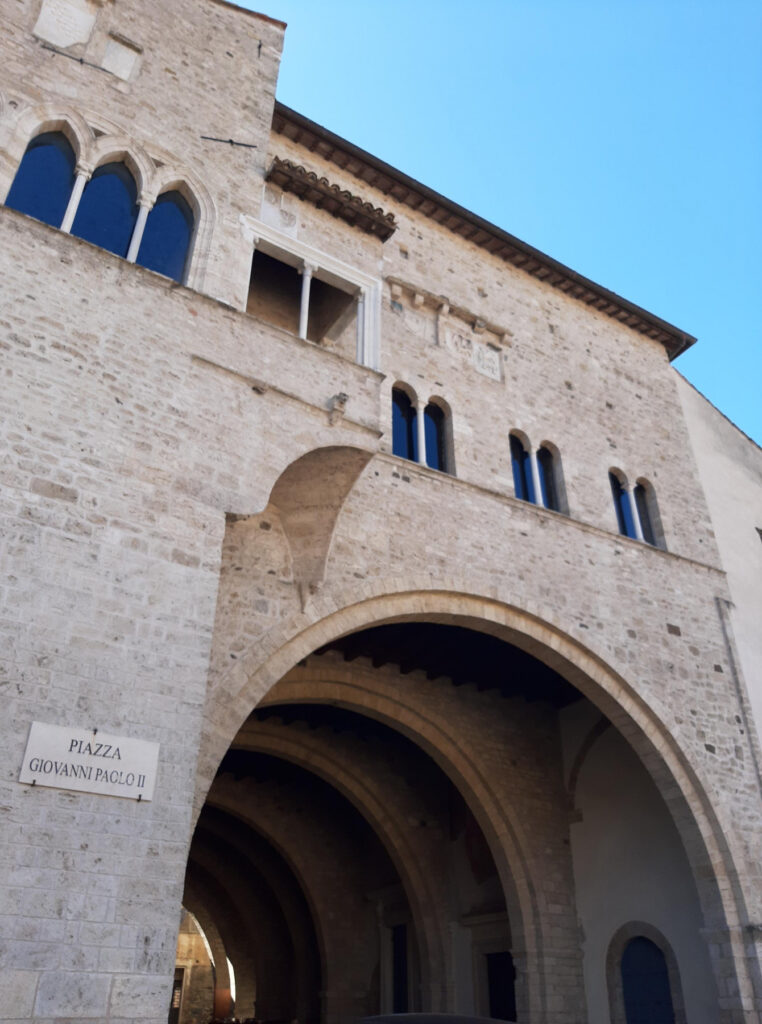
Palazzo della Ragione o Palazzo d’Iseo – www.retedimorestorichelazio.it
The Palazzo della Ragione or Palazzo d’Iseo was erected between 1159 and 1163 by Jacopo d’Iseo, who was part of the Lombard delegation that came to Anagni to ask Pope Adrian IV for support against Frederick Barbarossa. The presence of the ambassadors made it essential to build an innovative palace dedicated to civic and political activities: the palatium rationum. The building was the seat of the city governor. Today, the palace is the seat of the municipal offices and one of the Historical Residences in Lazio. The Sala della Ragione and other monumental rooms host artistic and cultural events.
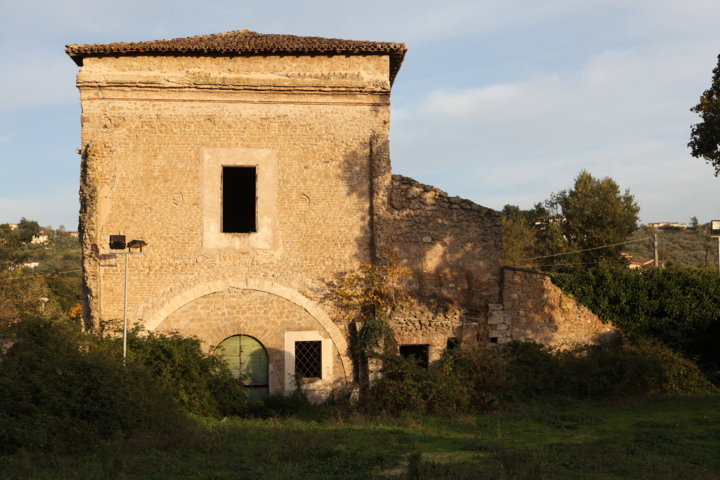
Badia di Santa Maria della Gloria – www.retedimorestorichelazio.it
The Abbey of Santa Maria della Gloria is recognised as an asset of historical and artistic interest, one of the Historical Houses in Lazio. The complex is made of yellowish tufa stone and is an important example of a fortified monastic structure. The Abbey was built between 1226 and 1231 at the behest of Cardinal Ugolino Conti, later to become Pope Gregory IX, and assigned to the monks of the Order. The Abbey possessed a landed estate extending to Anagni and the Pontine countryside.
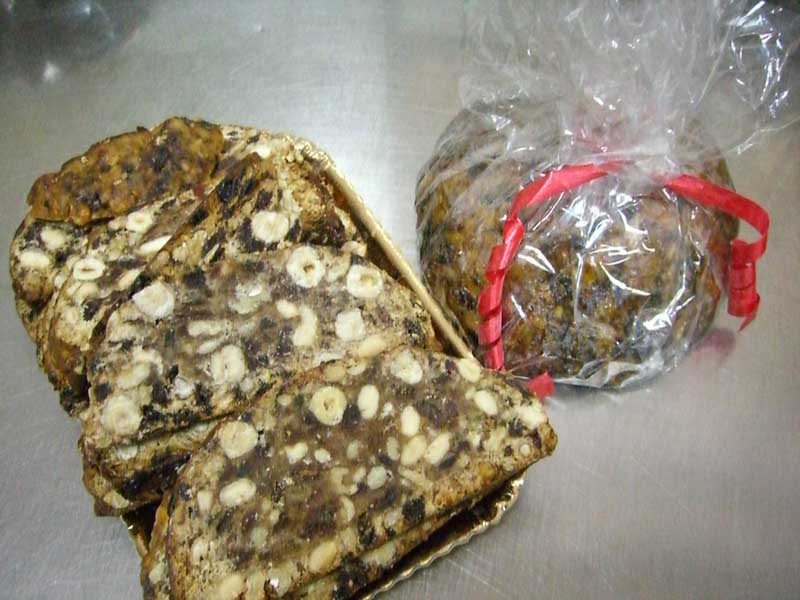
One of the most typical and tasty sweets is Pan Giallo or Pan Pepato, an oven-baked Christmas cake made with candied fruit, dried fruit, pepper and cinnamon, all mixed with honey, flour and cooked grape must.
